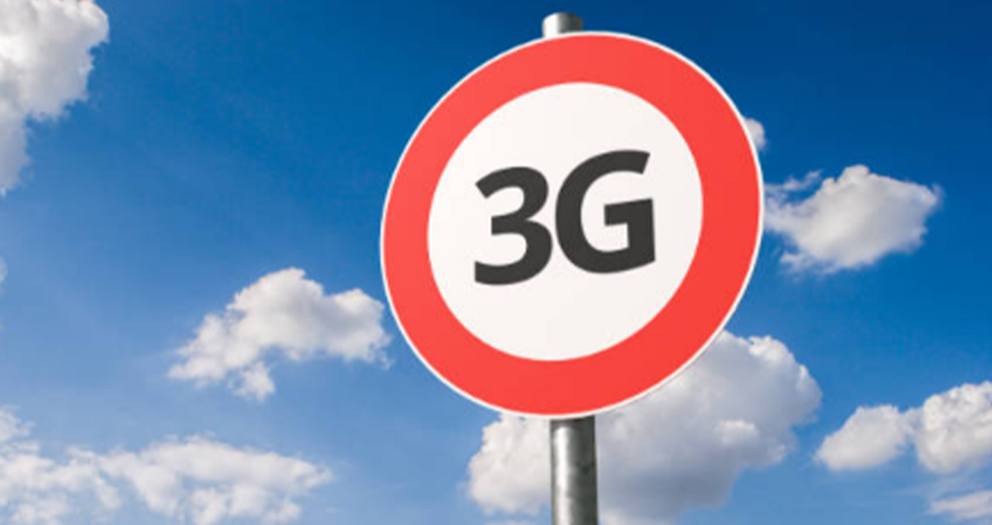A Step-by-Step Guide for Australian Consumers to Check 3G Compatibility on Their Devices
The world of telecommunications is certainly evolving at a swift pace, and with technological advancements, older networks are becoming obsolete. The 3G shutdown (Australia) is being much talked about these days, ever since it was announced by the Big Three - Vodafone, Optus, and Telstra.
What will 3G be turned off in Australia?
The Australian Communications and Media Authority (ACMA) have set deadlines for the 3G network shutdown. Here is a timeline to give you a better idea:
- The announcement about the 3G shutdown (Australia) was made several years in advance to give individuals and businesses ample time to switch to newer networks.
- Providers had opted for a phased shutdown to minimize disruptions. It involved decommissioning 3G cell towers and reallocating resources to support 4G and 5G networks.
- Telecommunication companies have been actively communicating with their customers, notifying them of the impending shutdown and offering assistance with transitioning to 4G or 5G services. This includes information on compatible devices and potential plan changes.
Vodafone is shuttering 3G services in December 2023, while Telstra and Optus will follow suit in 2024, in June and September, respectively.
When does 3G end in Australia? Take a look at how it affects devices:
How to check if your device is 3G-only?
If you have purchased your device within the last 10 years, then it is likely they are at least 4G-capable. But older devices might not be compatible with Voice over Long Term Evolution (VoLTE), a technology that allows your phone to make and receive calls on 4G networks. Devices bought outside Australia could be affected even if they are listed as 4G-compatible, because their spectrum bands aren’t compatible with Australian networks.
You might be able to check if VoLTE and/or 4G are enabled in your device’s Settings under Mobile Data Options. If the device is able to connect to 4G, it should automatically select this network over 3G where available. If you only ever see the “3G” symbol at the top of your phone or tablet’s screen, your device is likely to be 3G-only.
What if you have a 3G-only phone?
You won’t be able to make calls, send messages, or use the internet when the 3G network is switched off. Many older phones, especially those manufactured before 2014, might not support newer networks. Emergency 000 calls on other 3G networks when in coverage will still be possible. You could also use Wi-Fi to access the internet. However, it is recommended that you upgrade to a 4G or 5G compatible phone immediately.
What other devices are impacted by the 3G shutdown?
It isn’t just older phones that will be affected by the shutdown. Some older tablets, e-readers, security systems, baby monitors and even medical alert devices which use a 3G connection may no longer work after the 3G shutdown. Some devices such as tablets and e-readers with 3G connectivity may still be able to be used, but they will become Wi-Fi only devices.
Is it necessary to change mobile plans?
As of now, there is no need to change mobile, data, or broadband plans once the 3G network downs its shutters. You can still access your service on 4G and 5G networks where available. Don’t worry about keeping your phone number – there won’t be any change regarding that. However, you may need to update your SIM card, if your old device still uses a mini or micro SIM size. Newer phones and devices require a nano SIM as standard, which is much smaller than the SIM cards used in old phones. If your current SIM is too big for your new device, you can contact your telco’s customer service team to order a nano SIM replacement.
Should Australians upgrade directly to a 5G device?
If you wish to future-proof your new device and get access to some of he fastest speeds available in Australia, you could definitely consider a device with 5G connectivity, in addition to 4G. The 5G-ready devices let you use your telco’s 4G and 5G networks where available, so you can experience faster speeds and less lag when on 5G. This technology is now standard on premium phones from brands like Apple, Samsung and Google, and readily available on affordable devices from almost every major manufacturer. Please keep in mind that once you have a 5G-ready phone, it has to be paired with a 5G-capable plan. Check with your telco to see if 5G is available on your plan.
Steps to check compatibility on 3G devices
Identify make and model
It is imperative to identify the make and model of your device. The information is available in the device settings, on the original packaging, or in the user manual. Different manufacturers and models could have varying specifications. You could also search online by entering the model number, along with “specifications” to know more about its network capabilities. The manufacturer’s website can provide useful information in the form of detailed specifications for their products, including network compatibility data, as well.
Check phone settings
Go to the “Settings” in your device, and search for terms like Mobile Networks, Connections, or Network. Find and select “Network Mode” or similar options, and then look for LTE or 4G.
Talk to your mobile service provider
If you are still unable to get information about whether your device is compatible with 4G or not, talk to your mobile service provider. Give them the device’s make and model number and they will guide you from there.
Use online tools
There are numerous online tools and websites using which you can verify if the device is compatible with 4G. Search for such tools on the internet, and enter the device details to verify its compatibility.
Keep in mind that even if the device is 4G compatible, you need to ensure that your carrier supports 4G services in your area, and you have a 4G-enabled SIM card. If you encounter any difficulties, reaching out to your carrier's customer support is often the most reliable option.
Is 3G still available in Australia? This is a common question on everyone’s mind these days! Even if 3G is still operational, the shutdown is imminent, with Vodafone being the first in December, 2023. However, it means that you can expect improved network coverage and performance as the 3G spectrum is repurposed for newer technologies – you get to experience faster download and upload speeds, smoother streaming, and reduced latency. While it might require a few adjustments, the transition to 4G and 5G networks promises improved connectivity and better performance for both consumers and businesses. So don’t wait any longer – upgrade your devices right away!

 Global
Global Australia
Australia India
India
